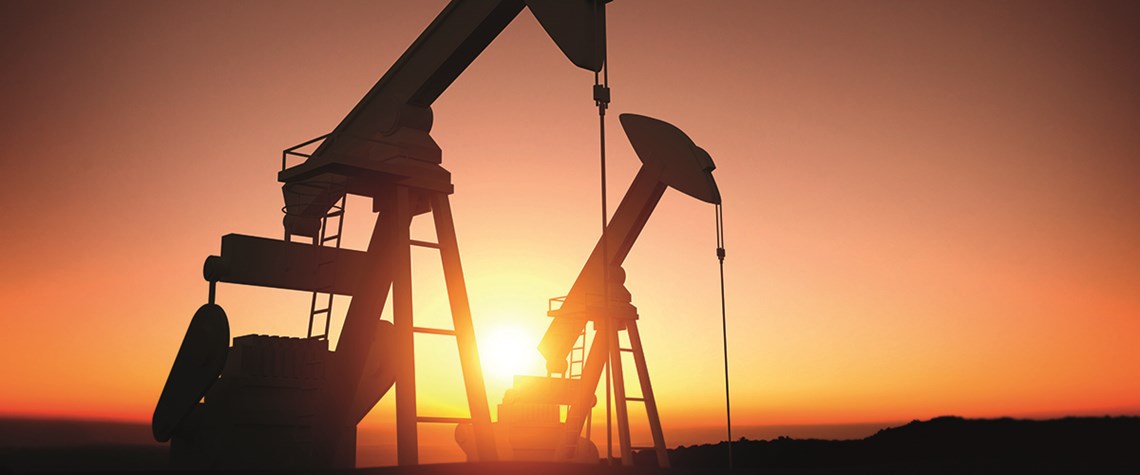Opec and oil market dynamics
Opec's goal of defending high oil prices may suit some members in the short run, but its long-term impacts could be damaging
Since its historic agreement in November 2016, Opec's efforts to manage the oil market have shown signs of success: key benchmarks are in backwardation, speculative positioning has been at record length and a floor price of $60 a barrel has been defended. Strong Opec compliance—both voluntarily (Saudi Arabia) and involuntarily (Venezuela)—has been supported by stronger-than-expected demand growth. By Opec's own measure of success, its target of reducing five-year commercial OECD inventories has been largely met (currently between 30-50m barrels above five-year average). As Opec meets in June to review its progress, it has already signalled its dissatisfaction with using the five-year average

Also in this section
24 December 2025
As activity in the US Gulf has stagnated at a lower level, the government is taking steps to encourage fresh exploration and bolster field development work
23 December 2025
The new government has brought stability and security to the country, with the door now open to international investment
23 December 2025
A third wave of LNG supply is coming, and with it a likely oversupply of the fuel by 2028
22 December 2025
Weakening climate resolve in the developed world and rapidly growing demand in developing countries means peak oil is still a long way away







